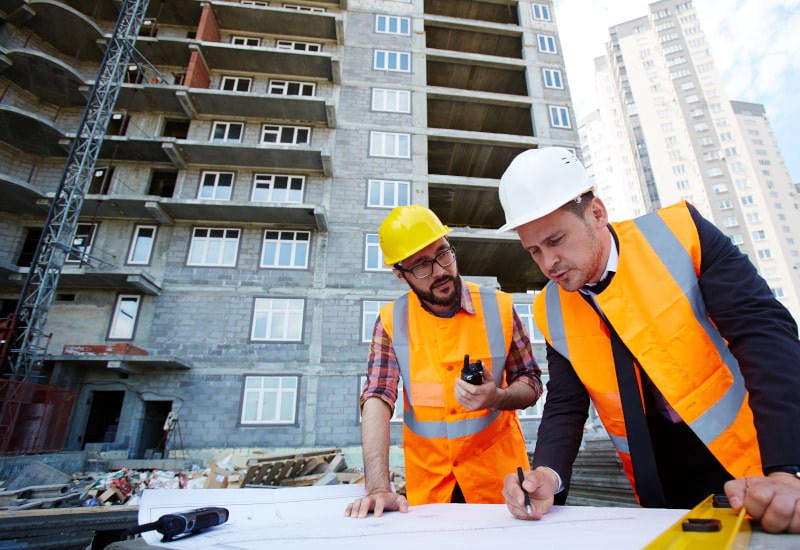Wonderful service from start to finish.
The Building Safety Act 2022 - What does this mean for construction claims?

- Posted
- AuthorAndrew Cullyer

In response to the tragedy of the Grenfell fire, there was a big call for further regulation on the Construction and management of buildings, specifically high-risk buildings over seven storeys or 18 metres high. Andrew Cullyer, Litigation Executive specialising in Construction, examines these changes and the implications this will have on the construction industry moving forward.
The Building Safety Act 2022 (BSA)
The Building Safety Act 2022 (BSA) became law on the 28th of June 2022, but only some of its provisions are in force, with others coming into effect over the next few years and beyond. One of the provisions in force now is the 's135', which changes the limitation periods for claims under the Defective Premises Act 1972 (the "DPA") and s134, adding a new section '2A' giving Contractors new obligations to fulfil.
Below, we outline the DPA's purpose, what the changes are, and their importance to contractors and builders.
The DPA
The Defective Premises Act 1972 (DPA) initially creates a simple duty (in s1) on any person taking on construction or design work in connection with the provision of a dwelling. It states the work must be done professionally with the correct materials to ensure the residence will be fit for habitation. This duty is owed to the person who commissioned the dwelling and anyone interested in acquiring it.
There are several items to note about this duty/obligation:
- It only applies to the provision of a dwelling, not modifications to an existing dwelling.
- It's fit for habitation. If the builder were to carry out work unprofessionally or with improper materials that did not render the property unfit for habitation, there would be no breach of this duty.
Combined with an original limitation period of six years, this rendered the DPA somewhat toothless as a tool for enforcing high-quality building standards. However, much has now changed. One of the significant changes occurred in 2014 when the court decided that non-compliance with building regulations may render a dwelling unfit for habitation.
Changes to the DPA
The BSA changes the DPA in two significant ways. It increases the limitation period and provides a new duty to Contractors.
The new duty concerns all people working within a business that executes any work to a building containing one or more dwellings and is otherwise in the same terms as the original s1 duty. This expands the original duty well beyond the provision of a dwelling and potentially covers any refurbishment or construction work completed to a residential building after June 2022. Therefore a lot more construction work is now covered by the DPA.
It is essential to understand that, as per the original duty, this duty is owed to the person who commissions the work and each successor in title to the relevant property.
This is where the second change comes into play. Under the new duty of work carried out to buildings, a claim can be submitted up to fifteen years after the completion of the work. Fifteen years is a very long time, making this a significant liability for builders and contractors. Further, given that the property could be bought several times in that period, it creates liability owed to several persons at different times.
The BSA provides in respect of the original s1 DPA duty that limitation will be as follows:
- 30 years for works completed before the 28th of June 2022; and
- 15 years thereafter.
This is a far greater time period than when the works were carried out historically. A project to construct a dwelling completed in early 2022 could be held legally responsible way ahead in the future, say 2050!
Everything that can be said about the 15-year limitation period regarding the new duty also applies here. There is a significant increase in liability to a substantial number of persons involved, including contractors, builders and designers.
What can you do?
The best thing you can do right now is:
- Review the projects you have carried out;
- Decide if liability may arise; and,
- Seek legal advice if necessary.
There are some defences, specifically for Sub-Contractors, and other issues and factors that need to be reviewed and advised upon. The existence of a duty does not mean you are liable, but it's something to be aware of and take action wherever necessary.
If you have concerns about the BSA and want to speak to a legal representative, please get in touch with Andrew Cullyer, Litigation Executive, on 023 8071 7482 or email andrewcullyer@warnergoodman.co.uk.
